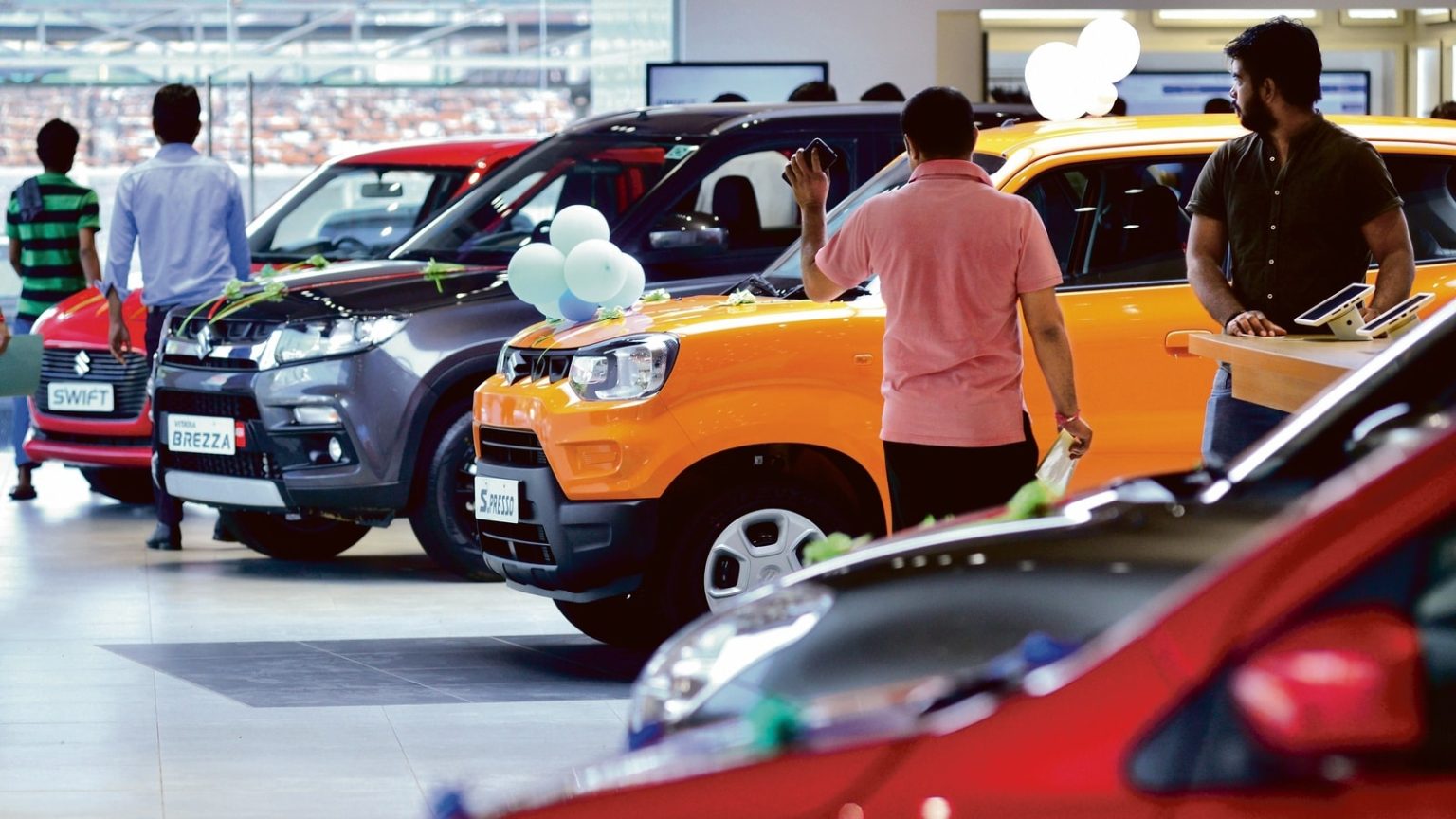From Maruti Suzuki, Mahindra and Tata Motors to Bajaj Auto, Hero MotoCorp and Royal Enfield, GST Council decisions will have something for everyone. The GST Council meeting is set to bring in sweeping changes to how India buys, especially cars and motorcycles. In fact, Finance Minister Nirmala Sitharaman will decide what’s luxury and mass in the world’s third largest automotive market.
The upcoming GST rationalisation, which reduces the numbers of slabs to two (5% to 18%) from the existing four (5%, 12%, 18% and 28%), is likely to reduce the GST rate on cars and motorcycles by at least 10 percentage points to 18%.While small petrol cars of engine size up to 1,200 cc are likely to attract 18% GST from 28% at present, Reuters claims this benefit will be extended to small hybrid cars as well. That’s a big plus for Maruti Suzuki India Ltd., and by extension Toyota India, but a minus for Tata Motors Ltd. and Mahindra & Mahindra Ltd, who have chosen to stick to electric powertrains so far.
That minor inconvenience becomes a bitter pill to swallow if the GST Council decides to increase the tax on ₹20-40 lakh electric cars to 18% from 5% at present. An even higher GST is proposed for luxury electric cars, in a body blow to the likes of Tesla Inc. and BYD Co. Already, Tesla’s long-awaited entry into India has been underwhelming with only 600 bookings received so far, Bloomberg reported. That’s how many cars the Elon Musk-led company sells every four hours globally.
Tesla now plans to ship 350-500 units to India from its Shanghai plant this year. The company had originally planned to utilise its full quota of 2,500 units for the full year. BYD Co. of China—Tesla’s primary rival globally subject to similar tariffs in India—has sold 10,000 luxury electric cars since 2021.
GST on Motorcycles
Additionally, the GST Council is likely to give in to a longstanding demand of the two-wheeler industry to reduce the GST rate to 18% from 28% at present. That’s an immediate boost for Hero MotoCorp Ltd.—the world’s largest two-wheeler reeling under flagging sales of its commuter motorcycles—as well as Honda Motorcycle and Scooter India Pvt. Ltd.
But the Council may just choose to define what’s luxury and what’s mass-market in the world’s largest two-wheeler market. According to people familiar with the matter, the GST Council is likely to propose 40% tax on two-wheelers with engine capacity higher than 350 cc. Bajaj Auto and Royal Enfield—the biggest players in the middleweight segment—have pushed back against such a move.
“Indian brands already dominate the small-capacity segment worldwide, and through heavy investment we are now making deep inroads into mid-capacity motorcycles,” Royal Enfield Chairman Siddhartha Lal said in a LinkedIn post on 31 August.
“To sustain this momentum, a uniform GST of 18% across all two-wheelers is critical. Lowering GST for <350cc will help broaden access, but raising GST for >350cc would damage a segment vital to India’s global edge.”Rajiv Bajaj, chairman at rival Bajaj Auto Ltd., also advocates a uniform and lower GST on all two-wheelers, arguing that the current 28% and differential rates on higher-cc motorcycles is too high, cost-prohibitive for buyers, and hinders the industry’s global competitiveness.
It’s worth noting here that Bajaj Auto recently acquired KTM to truly go global.
Revenue impact of GST changes on auto sector
According to Industry bodies SIAM and FADA, India’s car industry stares at ₹25,000-30,000 crore annual revenue loss if GST on small cars shifts to 18%. For example, a ₹6 lakh car taxed at 28% brings in ₹1.68 lakh in GST for the government exchequer. At 18%, that falls to ₹1.08 lakh—a 36% drop per car. For luxury cars taxed at 40%, the incremental gain is limited since it’s still a niche segment with 1-2% market share. Analysts peg ₹5,000-7,000 crore additional collections annually.
For two-wheelers, a 10-point cut would mean ₹18,000-20,000 crore revenue loss annually. Even a higher tax on 350 cc+ motorcycles will bring revenue gain of just ₹1,500-2,000 crore.
Why a GST rate cut on auto, though?
The expectation is that higher volumes, stemming from cheaper cars and motorcycles, will offset the revenue loss. A boost during the upcoming festive season, when Indians buy cars and motorcycles, can have a multiplier effect on the GDP. Economists argue that even a 20-30 basis point jump in GDP growth can make up for the lost tax revenue. One basis point is one-hundredth of a percentage point.



